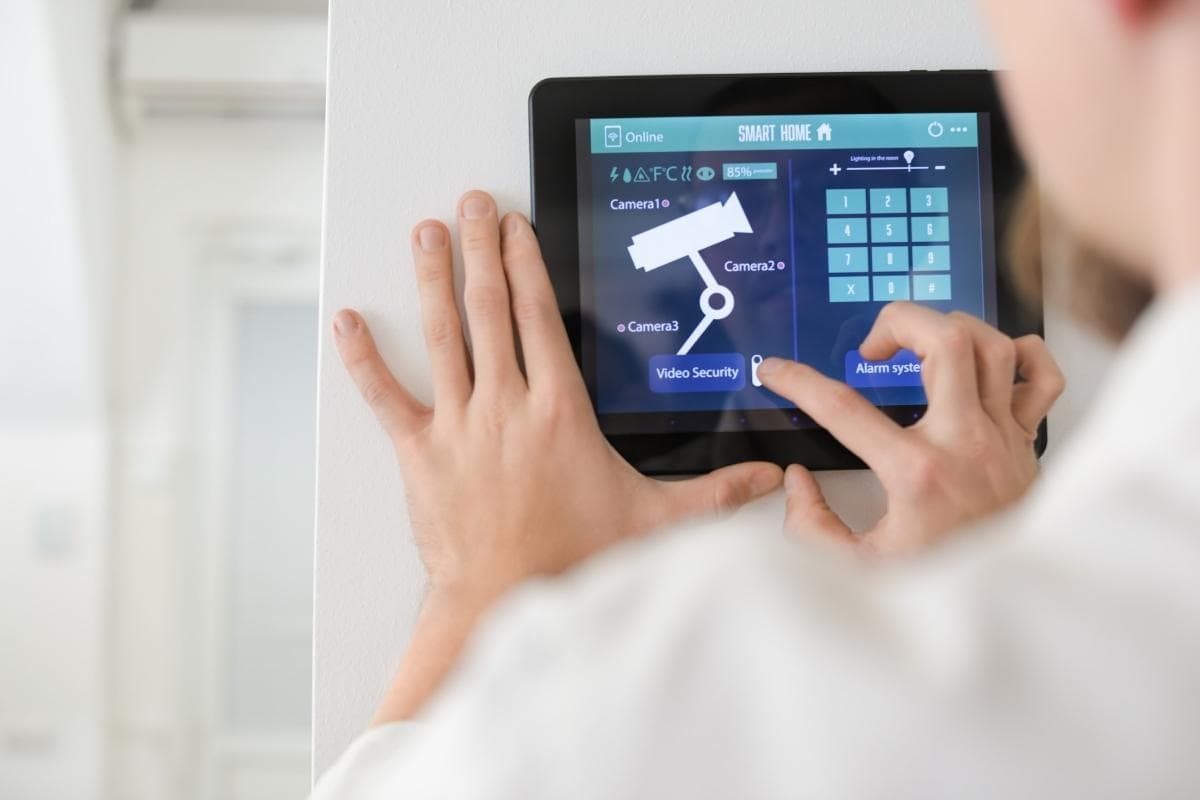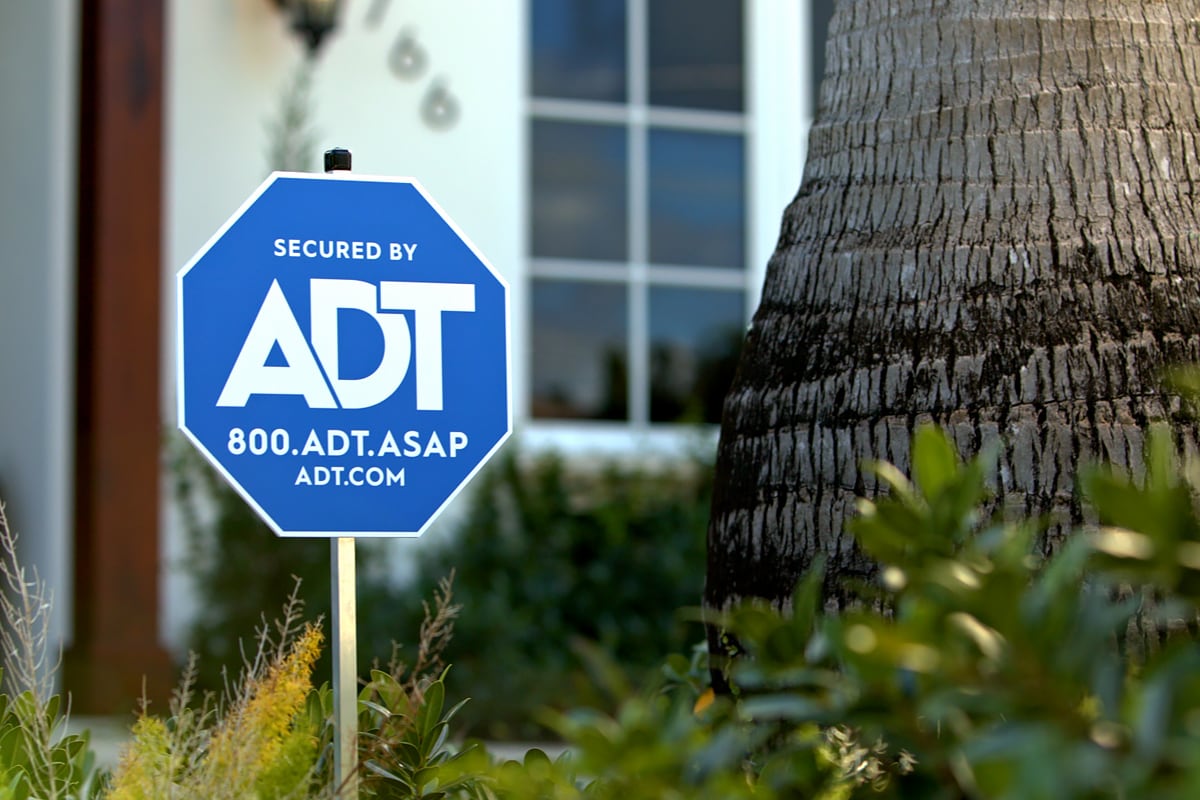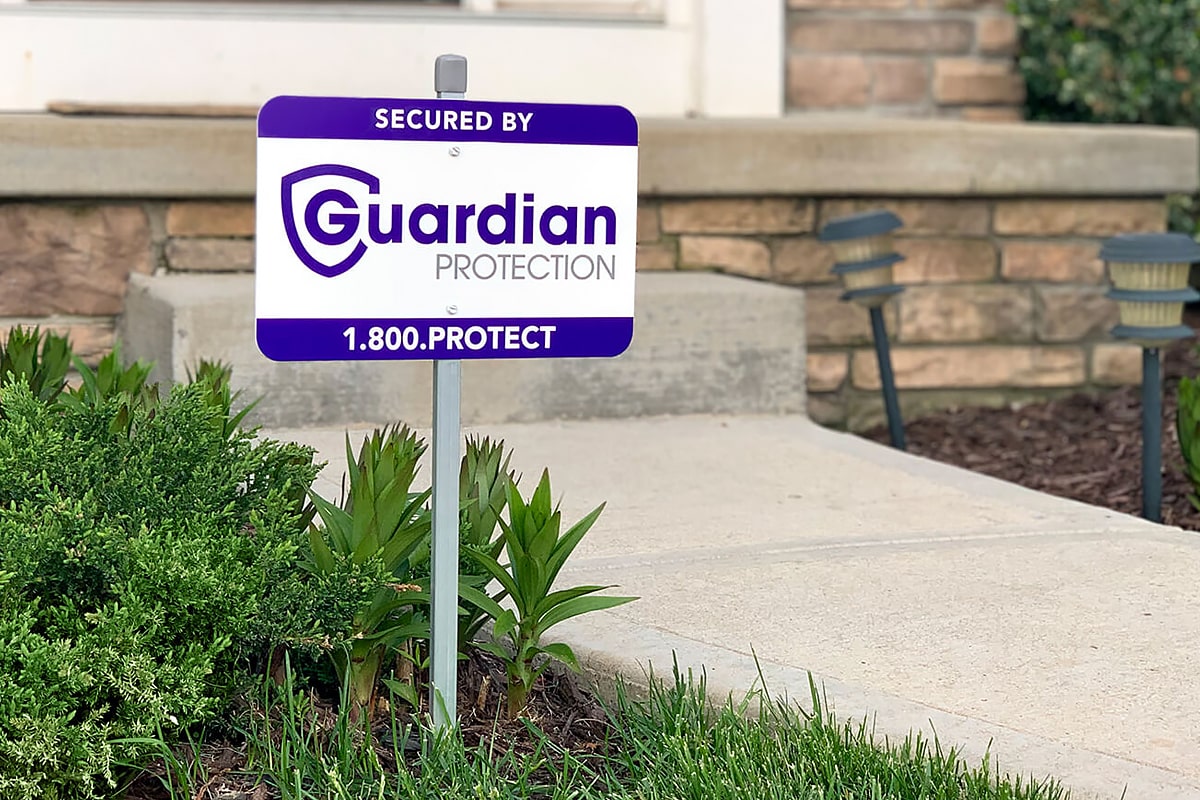Home alarms have been around since cavemen domesticated dogs to howl at approaching intruders. But it wasn’t until someone heard the barking and later in history saw the bonfires and listened for church bells that the evolution of security progressed from scare tactics to systems monitored by people who could provide help.
Monitoring methods took a huge leap forward when man discovered electricity and invented the telegraph. The first, modern fire monitoring station came online in 1847 when New York City connected local lookouts to City Hall central via telegraph lines, enabling the monitoring station to pinpoint the blaze and dispatch firefighters. In 1871, E. A. Calahan applied the concept to burglaries and created what is now known as ADT, the first and still largest home security company.
Today, monitoring stations receive alarm signals via telephone lines, over the Internet and through cellular transmission. Some companies combine two or more of these methods.
Which is best? Here’s a look at the world of monitoring and the pros and cons of the main communication methods.
It’s About Time
When it comes to home security system monitoring, new customers go to the swiftest company that responds to an alarm in the fewest seconds. But what does “respond” mean when it comes to security companies? When does the clock start and stop ticking on an alarm event?
When a fire, break-in or medical emergency alarm is triggered, your system’s control panel sends data detailing the event to a monitoring station, whose computer receivers collect and feed the data into an automation system, which alerts a headphone-wearing dispatcher. Maybe the dispatcher calls the customer first to confirm the event. Maybe he calls emergency personnel first and the customer second. The company and customer predetermine the protocol.
However, making the call is easy and takes only a few seconds, while routing the data to a free dispatcher can take much longer. Some monitoring stations serve millions of customers and understaffed queues can become choked with alarm events waiting for attention.
Every company is going to claim that they have this great response time, but there’s no standard on how to determine the time. Industry-wide, 30 seconds is considered a fast response time from the moment a monitoring station receives the data to when the dispatcher makes his first call. If a company claims it takes nine seconds to respond, it’s probably talking about the lag between when the dispatcher scans the alarm data to when he makes his first call.
How Monitoring Technology Developed
When the telegraph morphed into the telephone, and every home had a plain old telephone system (POTS), home alarms were connected directly to police stations via dedicated copper wires. Later, large circuits called McCullough Loops corralled and connected homes to central monitoring stations.
However, copper lines were expensive for phone and security companies to maintain and for homeowners to lease, sometimes for as much as $100 per month, which made home security a luxury for only the richest (or most paranoid) homeowners.
That changed in the early 1980s when Digital Alarm Communication (DAC) began sending alarm messages as “tones” over existing phone lines directly to monitoring companies, removing the need for an extra line only for the security system. Monitoring prices plunged to about $20 per month, allowing plain old homeowners to afford a monitored home security system.
In the 1980s, DAC surrendered to cellular transmission that allowed alarm messages to reach monitoring stations faster and more securely than if they traveled over phone lines. And when the Internet exploded, and analog information could be transformed into digital signals, security companies began using Voice-over Internet Protocol (VoIP) systems to transmit large amounts of data quickly over broadband channels, fostering the adoption of sophisticated systems with remote, surveillance and home automation capabilities.
Landline Monitoring
Landline monitoring is becoming a dinosaur. In 2004, about 96 percent of U.S. households maintained a landline telephone. In 2022, the steadily declining numbers reached less than 35 percent, according to U.S. Center for Disease Control and Prevention(CDC). Today, most young heads of households rely exclusively on cell phones.
This trend bodes poorly for landline monitoring, even though the technology has advantages.
Pros:
- Telephone lines are reliable workhorses that last for decades.
- Telephone connections exist during power outages and surge calling during weather or national disasters.
- Most security companies offer basic POTS connection for low monthly prices, and most systems offer a cellular backup for that connection.
- Alarm transmission via telephone lines is faster than some other forms of communication.
Cons:
- Maintaining landlines in a cellphone world adds a layer of monthly costs, driving up the price of even the cheapest security package.
- Landlines are vulnerable. A $5 wire cutter can take out your entire security system. And if an intruder destroys your control panel, the monitoring station will never know it.
- Landlines are slower than other technologies.
- During an alarm event, the landline security systems “seize” the telephone line, and you can’t call out.
- Landlines can limit security and home automation options because some equipment and services can only travel via broadband or cellular connections.
- Wireless security systems – and the trend is toward wireless – can’t communicate with monitoring stations over landlines.
Voice Over Internet Protocol (VoIP)
VoIP technology digitalizes analog voice messages and sends them over broadband pathways in “message packets,” which the telephone company reassembles and routes to monitoring stations. The extra stop adds a few seconds to transmission times.
Pros:
- Easy to upgrade to VoIP using traditional alarm panels.
- You can use your phone system even when a control panel is transmitting an alarm to the monitoring station.
Cons:
- VoIP, like landlines, is vulnerable to vandalism and can be cut and disabled easily.
- Compressed alarm data traveling over broadband can become corrupted and take a long time, maybe forever, to reach the monitoring station.
- Each piece of equipment in the VoIP transmission – control panel, cable company receivers, switches, etc. — is vulnerable to power outages and requires battery backup.
Cellular
As fewer people install or maintain telephone landlines, cellular connection to monitoring stations is becoming the security industry standard. Cellular-based technology transmits digital signals (the same as cell phones) through cellular channels to towers, which send them to monitoring stations.
Cell reception doesn’t have to be four-bar to transmit alarm signals – one or two bars will suffice — and security companies employ multiple providers so transmission is reliable. Unless something extraordinary happens, cell towers don’t go down (like cable lines do), making cellular the most secure form of communication between homes and monitoring stations.
Pros:
- It’s the safest form of signal transmission. A burglar can’t just snip a wire and disable cellular communication.
- It’s the fastest. Cellular connections can carry more data at faster speeds than other technologies.
- It’s the most convenient. Cellular communication allows home automation functionality so you can remotely control your home.
- It can save you money. You do not need a landline or broadband connection in your home to have monitoring services.
Cons:
- Some providers may only offer cellular monitoring for an additional fee. Despite cellular being the safest monitoring option, it costs companies more and they may pass that cost on to their customers.
- Although rare, local or national emergencies can create call surges that jam cellular channels.
The monitoring of a security system is only as good as the integrity of the signal. It is critical to understand how signals are transmitted when reviewing and comparing your home security options.
When looking for security company reviews, pay attention to how each system manages signal transmission. With cellular monitoring being the best and safest option currently available, the advantages of cellular monitoring over other technologies is one reason why companies such as Frontpoint, who uses 100% cellular monitoring, are highly recommended.









